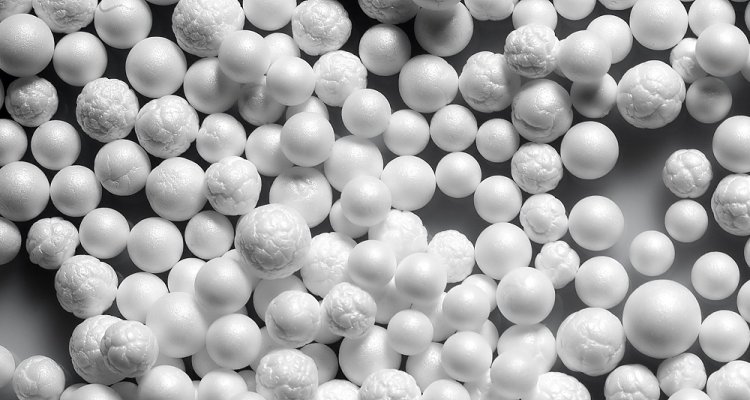
Internship
Detection of microplastic particles in feed and food
The occurrence and hazards of microplastic particles in the environment gets a recent increase in attention. Starting from decaying plastic garbage in oceans and other areas, microplastic enters surface of fresh water systems, sediments, soil and food webs.
Lately, a first survey revealed that most samples of human stool contained microplastic particles from eight different types such polypropyleen, polyethyleen and polystyreen. The primary concern shifts from an environmental load to a feed and food hazard. Yet, well established and reliable detection methods are still not available.
Aim
This internship is targeting at the development of a set of detection and identification methods for microplastic particles in feed and food materials.
- The first step is the preparation of the material which is assumed to contain microplastic. The specific treatment is depending on the nature of the matrix, and can include hydrolysis, grinding, ultrafiltration among other treatments. The effect on the microplastic particles needs to be established.
- A second step is detection of the particles primarily by means of imaging techniques. This includes visual and UV microscopy supported by staining or other methods.
- If found, a final step is identification of the particles, which might include several spectral techniques.
Requirements
Elements for method development are known from literature. A creative mind is required for optimising and for making relevant combinations of methodology.
Duration
The internship can take 5 or 7 months.